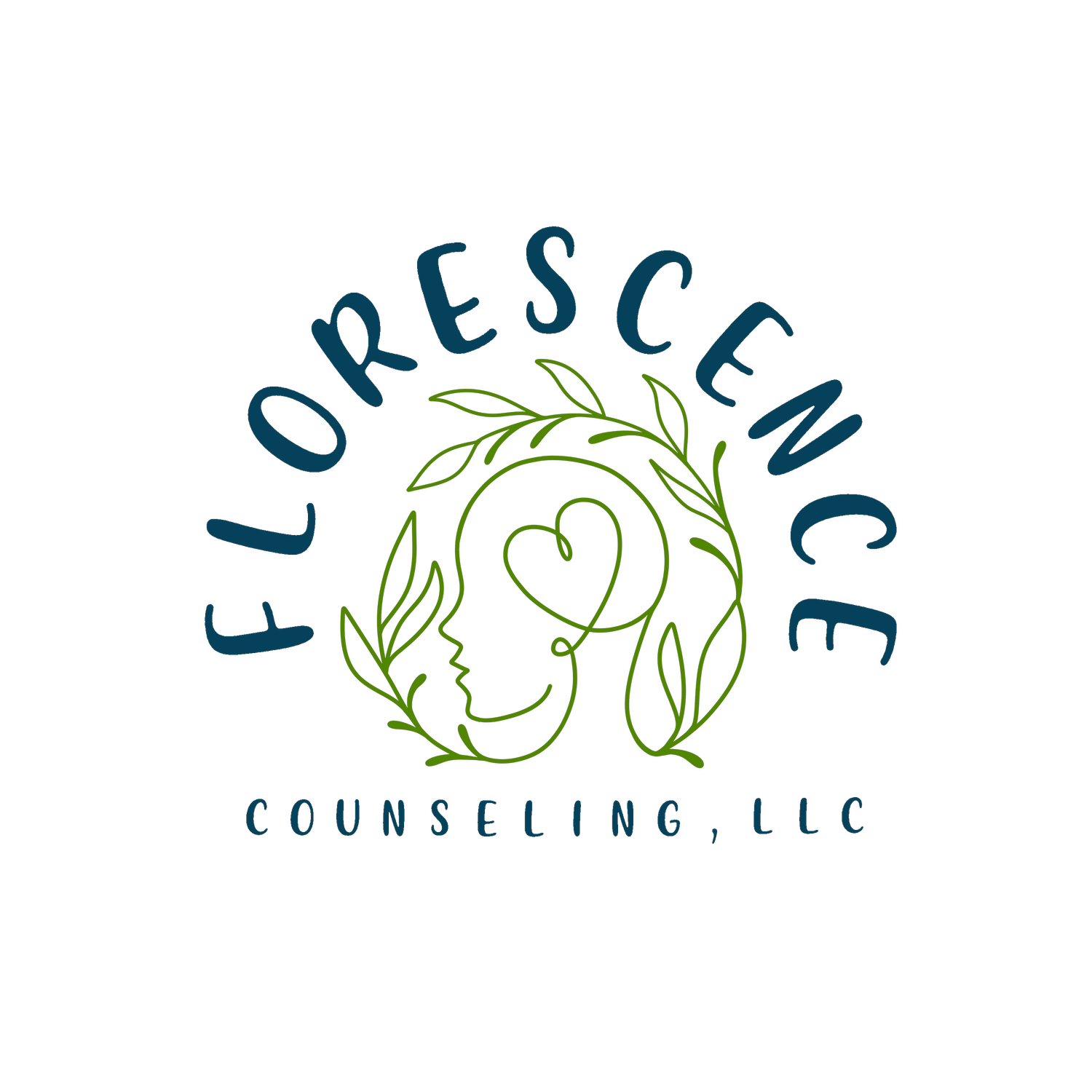OCD Doesn't Always Have Visible Signs: Invisible Struggles
Greetings! In February, I'll be sharing a series of short blogs, each aimed at dispelling common myths and misconceptions about Obsessive-Compulsive Disorder (OCD). The goal is simple: to provide straightforward information that clarifies misunderstandings and promotes a more accurate understanding of OCD. Join me weekly as we explore different aspects of the disorder and work towards fostering a more informed and open conversation about mental health.
The Complexity of OCD
Obsessive-Compulsive Disorder (OCD) is a complex mental health condition that affects millions of people worldwide. Usually, OCD is depicted in media and popular culture through visible symptoms, such as compulsive hand washing, visibly obvious checking behaviors, or some type of perfectionism. However, this portrayal only scratches the surface of the diverse experiences of individuals living with OCD. Many people with OCD grapple with invisible struggles that aren't easily recognizable.
As my previous blogs have discussed, OCD manifests differently in each individual. While some individuals exhibit outward signs of their condition, such as repetitive rituals or visible distress, others may experience primarily internal struggles. Unfortunately, some people with primarily “invisible” symptoms of OCD do not get taken seriously as a result. These internal battles can be just as debilitating as visible symptoms, if not more so, yet they often go unnoticed or misunderstood by those around them.
Research indicates that individuals with "invisible" OCD symptoms may spend significant amounts of time engaging in mental rituals, such as counting, repeating words or phrases silently, or engaging in elaborate thought processes to neutralize intrusive thoughts (Abramowitz, 2006). These behaviors are not readily observable, making it challenging for others to recognize the extent of the individual's distress.
The Impact of Invisible Symptoms
Living with invisible OCD symptoms can be isolating and frustrating. Individuals may feel misunderstood or invalidated because their struggles aren't apparent to others. They may also internalize feelings of shame or guilt, believing that their experiences are abnormal or unworthy of attention.
Additionally, the lack of visible symptoms can impede diagnosis and treatment. Many individuals with invisible OCD symptoms may not seek help because they don't recognize their experiences as a sign of a mental health condition. Healthcare providers may also overlook or misinterpret these symptoms, leading to delayed, ineffective, or inappropriate interventions.
Here are some specific examples of “invisible” OCD symptoms:
Pure-O Obsessions: Purely Obsessional OCD, often referred to as Pure-O, is characterized by intrusive, distressing thoughts without accompanying visible compulsions. For example, an individual may experience intrusive thoughts about harming a loved one, despite having no desire or intention to act on these thoughts. These obsessions can lead to significant distress and anxiety, yet they are not outwardly visible (Marazziti & Pozza, 2014).
Mental Rituals: While some compulsions involve observable behaviors like hand washing or checking, many individuals with OCD engage in mental rituals that are not visible to others. For example, someone may mentally repeat a phrase or prayer until it feels "just right" or mentally review past events to ensure they haven't caused harm. These mental rituals can be time-consuming and exhausting but often go unnoticed by those around them (Abramowitz, 2006).
Avoidance Behaviors: Individuals with OCD may engage in avoidance behaviors to alleviate distress or prevent triggering situations. For example, someone with contamination fears may avoid public places or social gatherings to reduce the risk of exposure to germs. While this avoidance may seem like a personal preference or quirk to outsiders, it can significantly impact the individual's quality of life and functioning (Goodman et al., 2014).
Mental Checking: Constantly checking thoughts, memories, or sensations internally is a common symptom of OCD. For example, an individual may repeatedly question whether they locked the door, even if they remember doing so. This mental checking can be time-consuming and distressing, leading to heightened anxiety and uncertainty (American Psychiatric Association, 2013).
Reassurance Seeking: Individuals with OCD often seek reassurance from others to alleviate their anxiety or uncertainty. However, this reassurance seeking can become a compulsive behavior in itself, as the individual may constantly seek validation or confirmation from others. For example, someone with relationship OCD may repeatedly ask their partner for reassurance of their love and fidelity, leading to strain in the relationship (Abramowitz, 2006). Most individuals don’t realize this is actually OCD.
Breaking the Stigma
Ensuring both clients and providers are aware of the varying potential symptoms of OCD is imperative in ensuring proper treatment. Most importantly, helps prevent clients from feeling confused and/or invalidated. It also will help ensure more effective treatment is provided in a more timely manner.
As humans, it is important to acknowledge that just because we cannot see something does not mean it does not exist. Many people struggle every day with invisible but chronic conditions. When we choose empathy, we often foster a safer and healthy environment for everyone.
******Please keep in mind that this blog post serves as a source of information, based on references and the writers’ professional experience, and should not replace professional medical or mental health advice or treatment from your primary providers.******
References
Abramowitz, J. S. (2006). Understanding and treating obsessive-compulsive disorder: A cognitive-behavioral approach. Psychology Press.
American Psychiatric Association. (2013). Diagnostic and statistical manual of mental disorders (5th ed.). Arlington, VA: American Psychiatric Publishing.
Goodman, W. K., Grice, D. E., Lapidus, K. A. B., & Coffey, B. J. (2014). Obsessive-compulsive disorder. The Psychiatric Clinics of North America, 37(3), 257-267. https://doi.org/10.1016/j.psc.2014.05.002
Marazziti, D., & Pozza, A. (2014). Pure obsessive-compulsive disorder: A review of clinical and therapeutic features. Current Psychiatry Reports, 16(11), 1-7. https://doi.org/10.1007/s11920-014-0496-z
National Institute of Mental Health. (2019). Obsessive-Compulsive Disorder. https://www.nimh.nih.gov/health/topics/obsessive-compulsive-disorder-ocd/index.shtml
